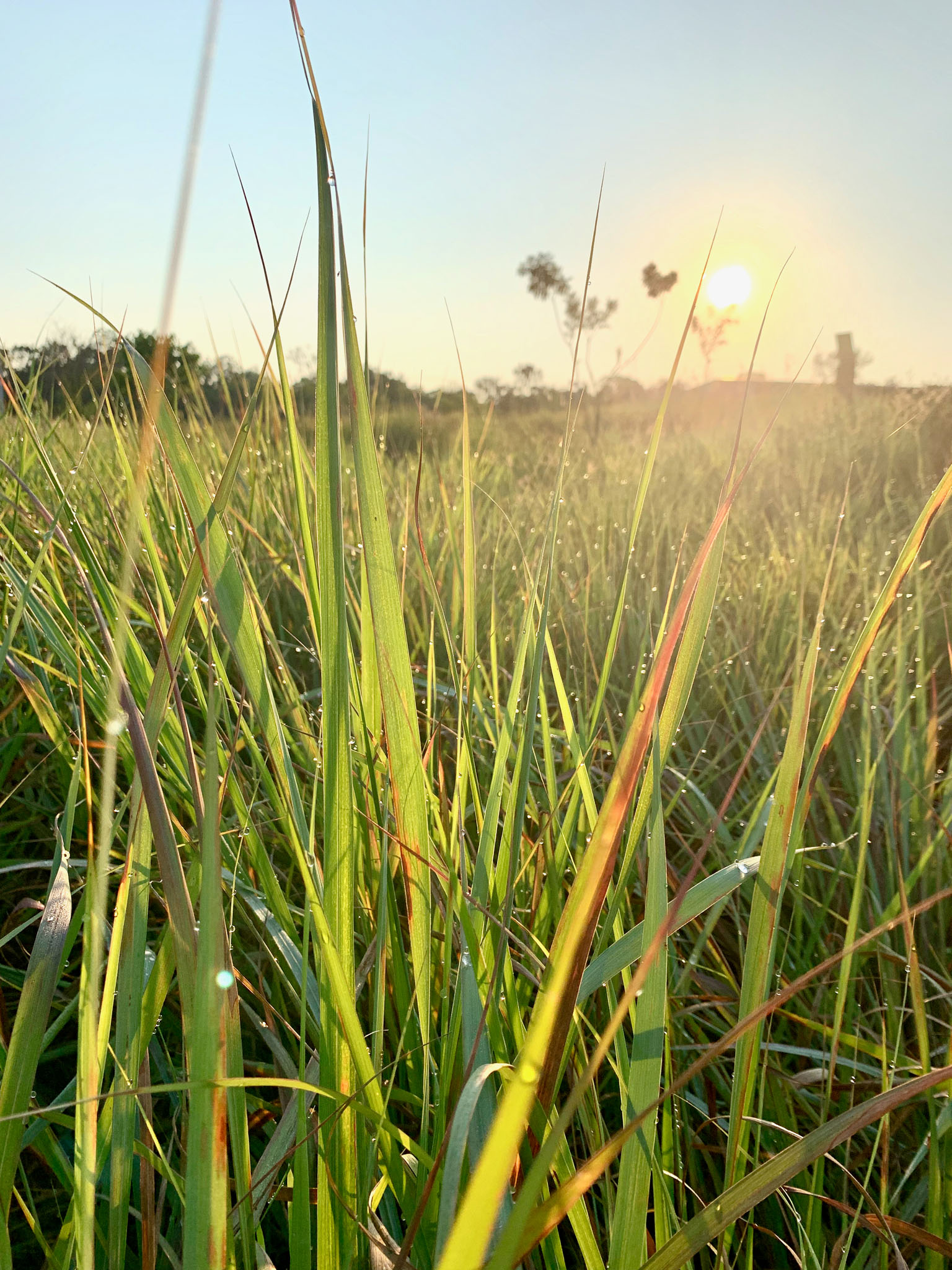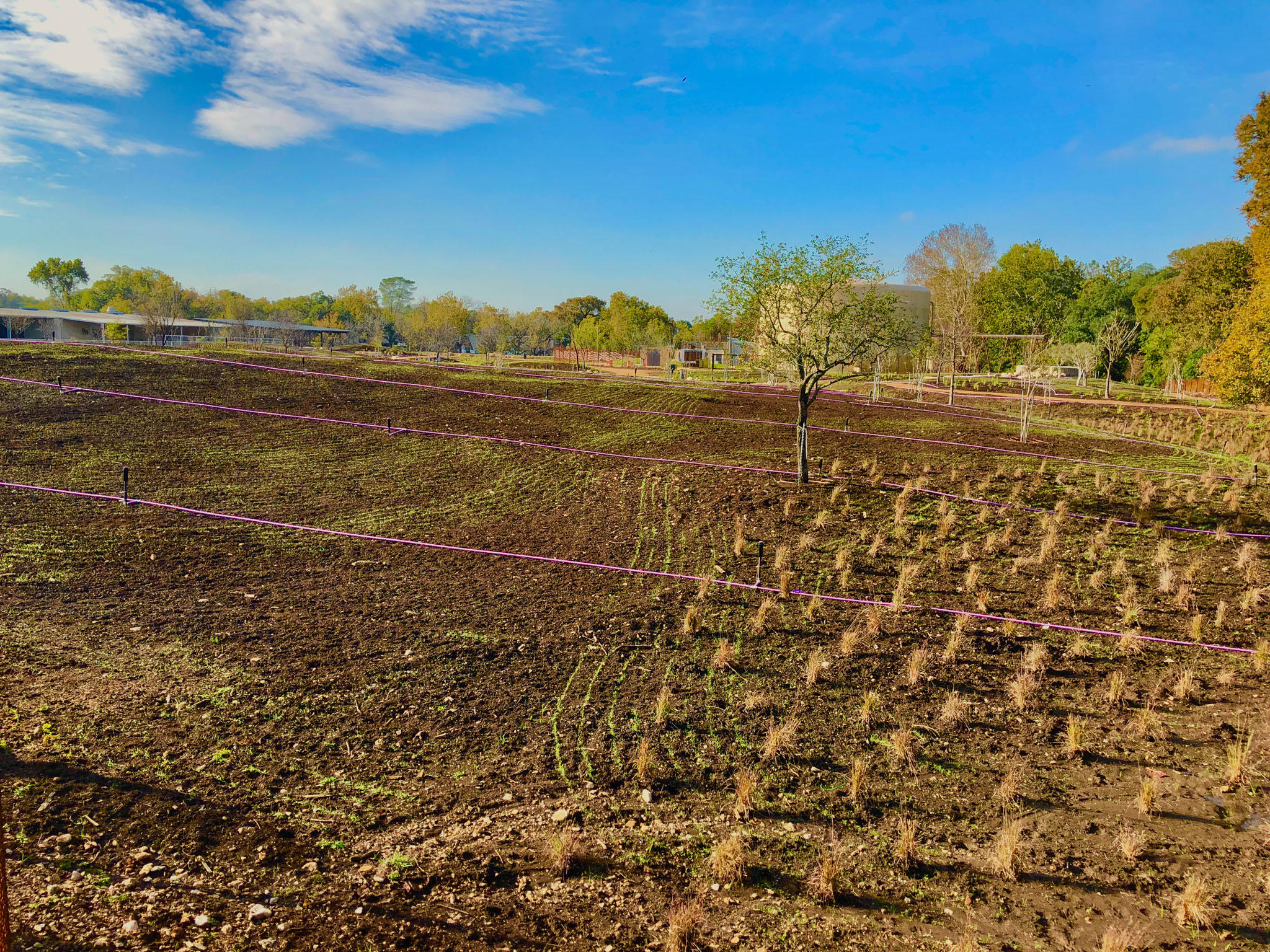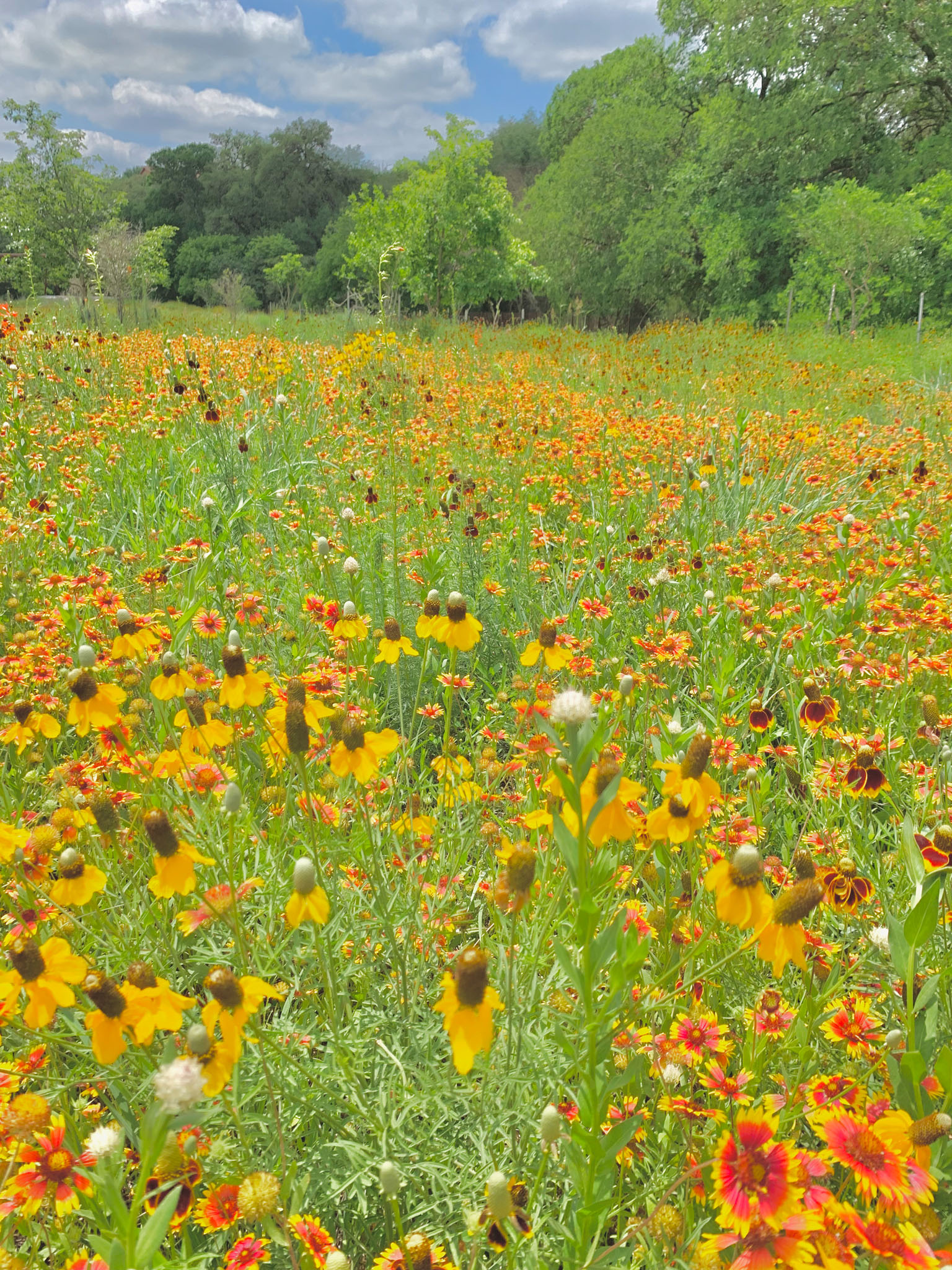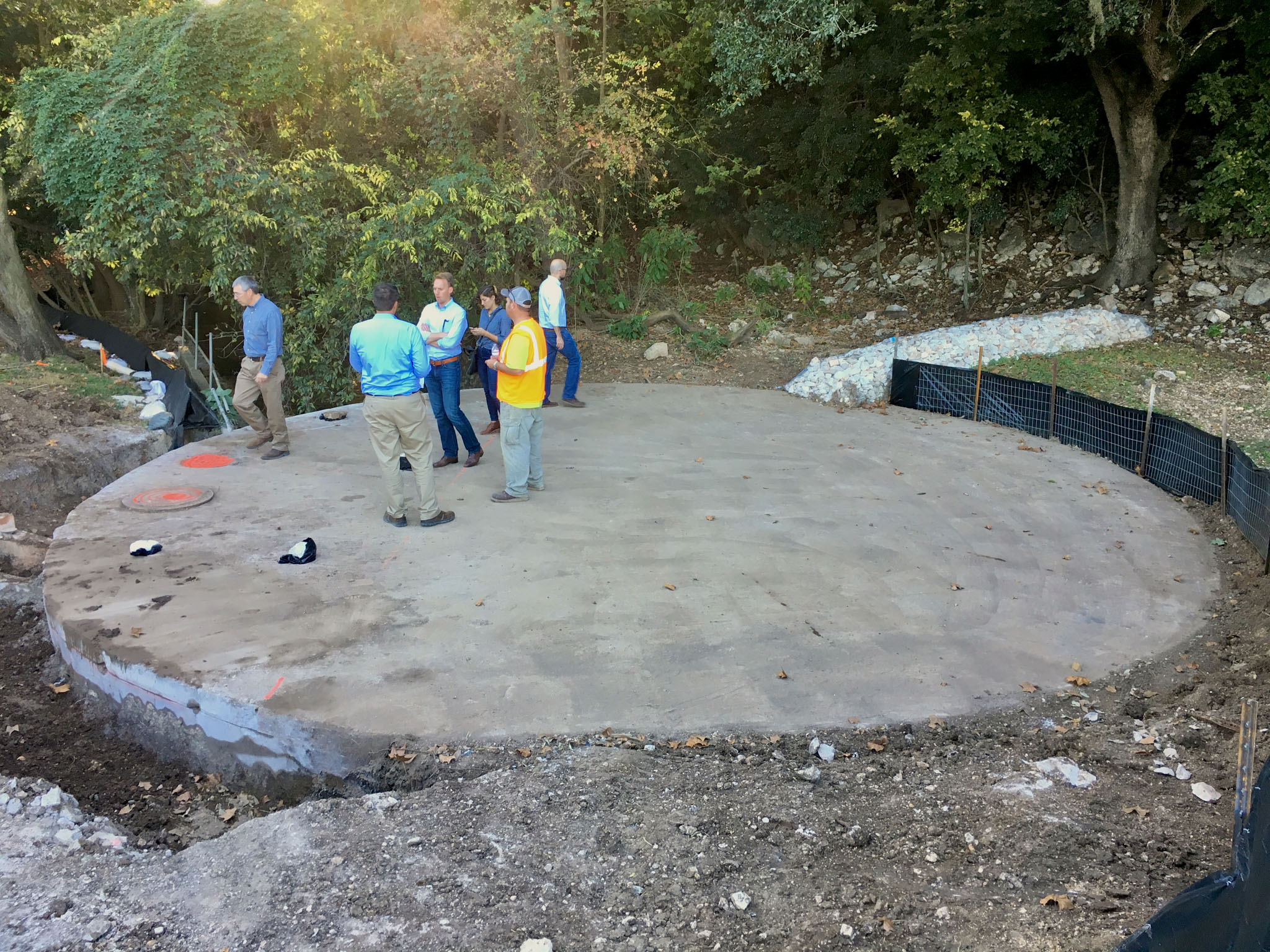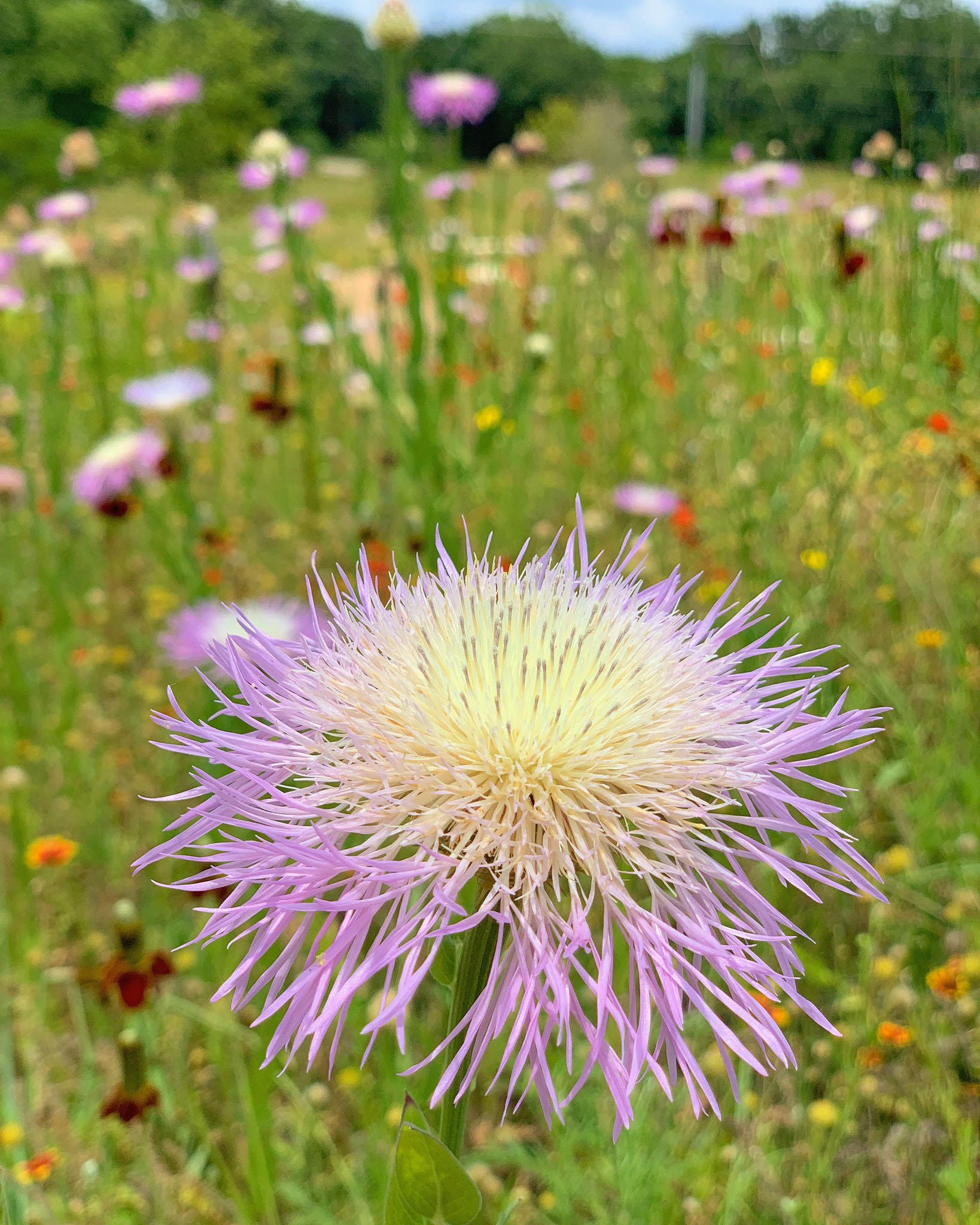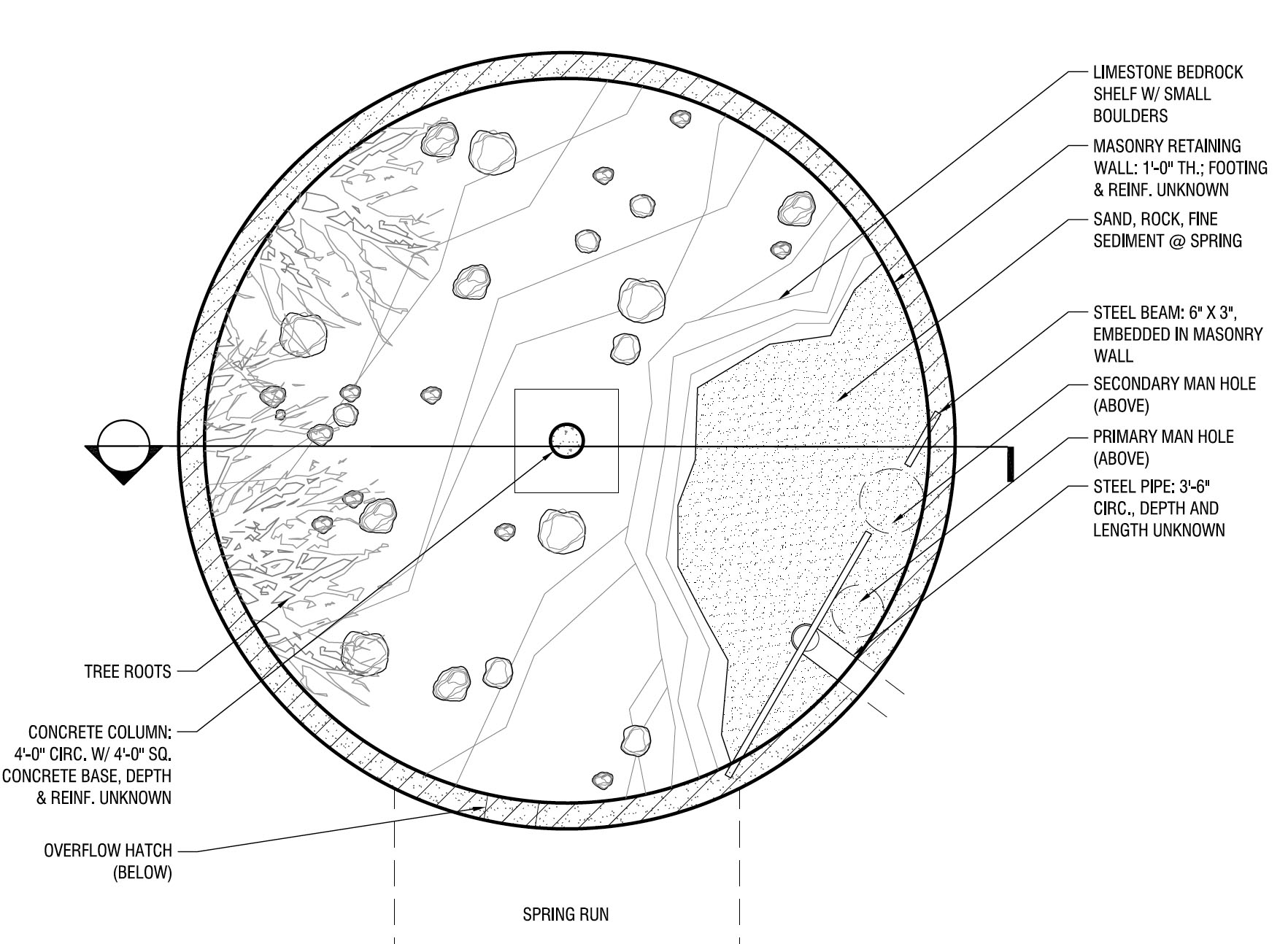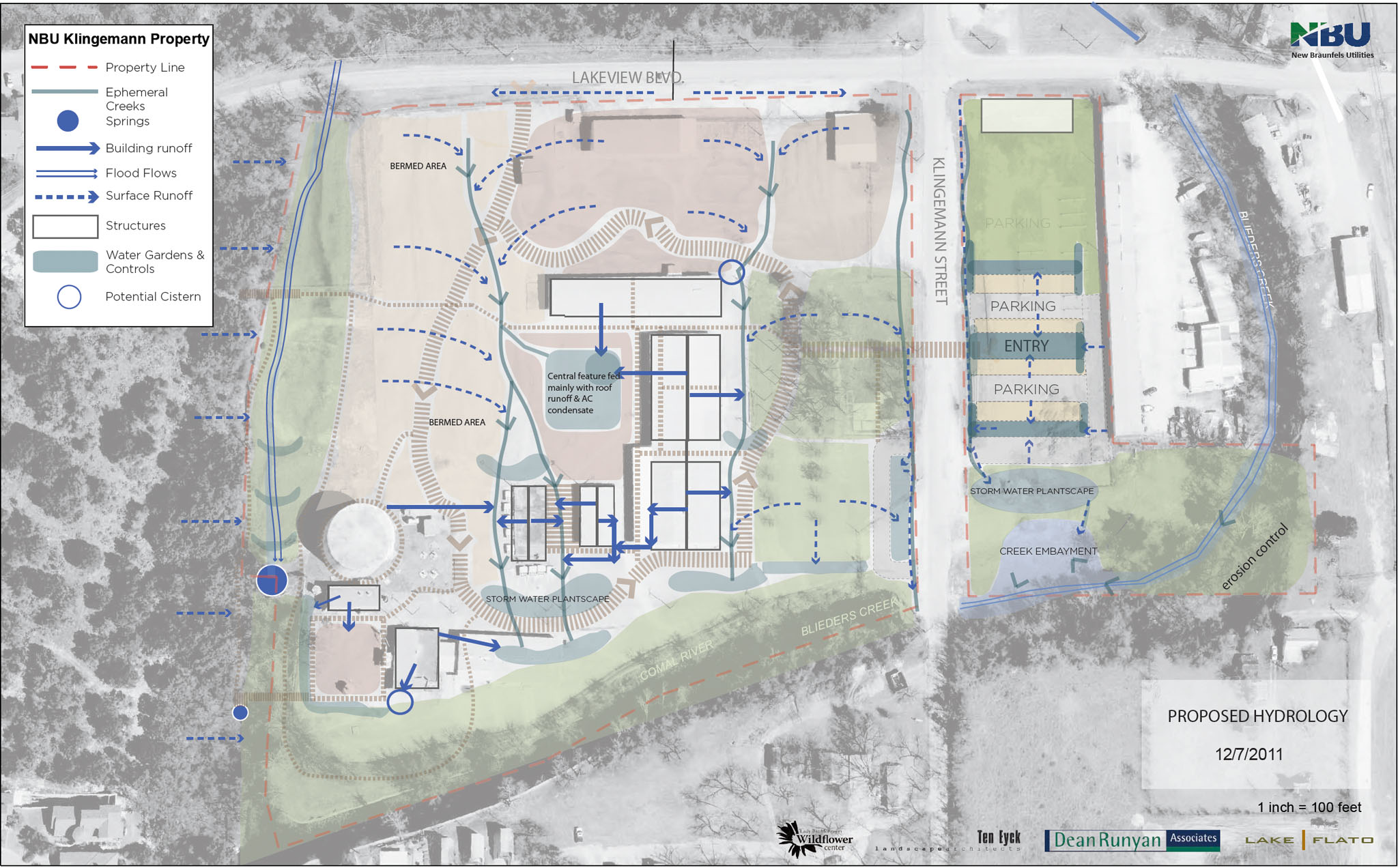- Projects /
- Ecological Restoration & Design /
- Headwaters at the Comal
Headwaters at the Comal
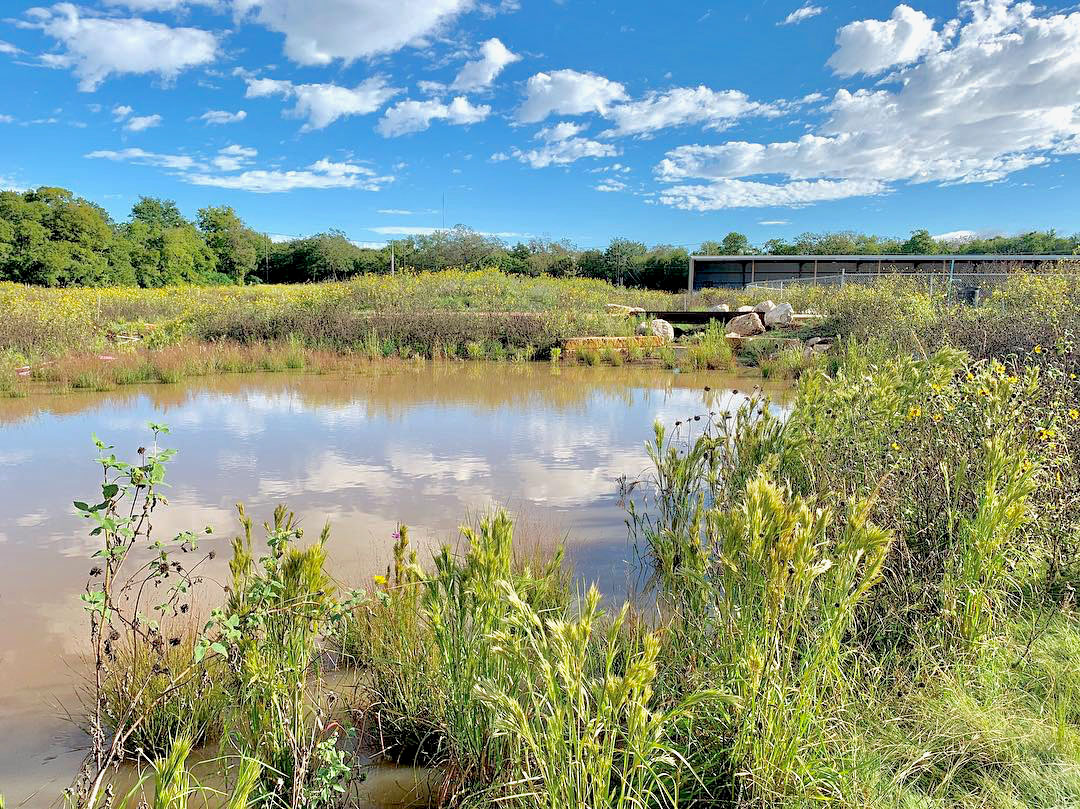
The Headwaters at the Comal is a place that establishes a relationship between the community and the environment by demonstrating the regeneration and protection of water and ecological resources.
Situated on the banks of the Comal Springs and Blieder’s Creek in New Braunfels, Texas, the Headwaters at the Comal highlights the hydrological, environmental, and cultural history of the region and is a living demonstration of sustainable practices for the local community and nation. The landscape design of this property includes the restoration of the Comal Springs headwaters and the transformation of more than 16 acres of former asphalt into an immersive restoration of native landscape. Plant groupings evoke regional typologies while newly introduced berms and bioswales filter and cleanse stormwater before returning it to the creek. In phase II public amenities will include a central courtyard, event lawn, display gardens, walking trails, outdoor classrooms, natural spring overlooks, wastewater treatment wetlands, composting facilities and more. This project was made all the more challenging by the presence of four endangered species — the Comal Springs riffle beetle (Heterelmis comalensis), the Comal Springs dryopid beetle (Stygoparnus comalensis), the fountain darter (Etheostoma fonticola), and Peck’s cave amphipod (Stygobromus pecki) —that have long existed onsite. Their survival, however, has been threatened not just by drought and excessive water use, but also by runoff and the proliferation of invasive plants. Working with the United States Army Corps of Engineers and US Fish and Wildlife, our staff was able to clearly demonstrate the benefit of restoring the site so that surface runoff was held and cleansed by Headwaters before slowly making its way to the spring run. Blackland Collaborative members created restoration strategies that ultimately guided the overall landscape design. Connectivity between the upland prairie and adjacent riparian corridor was stressed by the Center because the endangered invertebrates consume organic material, such as leaves, or the microbes that establish upon the decaying material.
Blackland Collaborative staff, Lake Flato Architects, and Ten Eyck Landscape Architects participated in the initial master plan effort and final design and are now overseeing construction of the first phase of restoration work and will eventually train Headwaters staff on landscape maintenance. Phase 1 involved revealing the previously “capped” headwaters spring, building a trail system, and contouring the property for stormwater retention and visual interest. The result is a gorgeous undulating trail lined with limestone gabions and well thought out interpretive stations. The future will bring the repurposing of utility buildings into pavilions (there’s one now), classrooms, and meeting facilities, and gardens featuring formal layouts with water conservative native plants.
Headwaters at the Comal aims to be an information hub for the latest in water and energy conservation, but will also be a place to observe and learn about plants and animals that thrive in Central Texas riparian and underwater ecosystems.

